The distinct flavor of zi char is making its way out of the stall and onto our local cuisine
If there’s a country whose exterior is as colorful as its culture, it’s none other than Singapore. It’s a well-known fact that Singapore is a place of merging cultures and a dynamic lifestyle, making it an attractive destination for us Filipinos. The city-state has become a favorite place for us to travel to—so much so that you will often run into fellow Filipinos and feel right at home. From its towering skyscrapers and picturesque sights to the uber-modern way of living, Filipinos can all agree that the one thing that makes Singapore such a popular place is its distinct cuisine. Their local dishes are influenced by a plethora of other foreign fares, thanks to their neighboring countries. But a particular kind of cooking that was long-forgotten is now making a tasty comeback: the zi char.
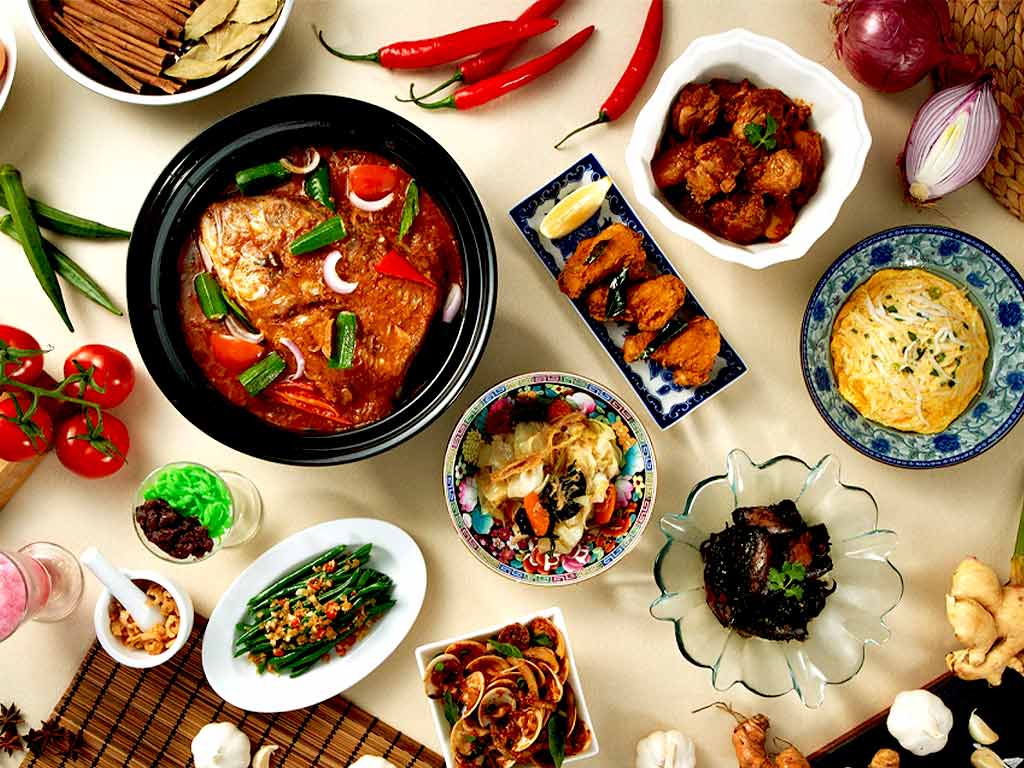
Zi char, directly translating to “cook and fry,” is a popular cooking style influenced by home-cooked Chinese food, and meant for sharing with friends and family. Somewhere between hawker-style food and restaurant-grade dishes, zi char stalls offer sophisticated dishes for a price that won’t hurt your wallet. These stalls differ from those in hawker centers in a way that zi char stalls often have their own independent space that’s separate from hawker stalls, they have chefs in uniforms, and they offer a more extensive menu of dishes that can be customized to your liking. And because it’s meant to be shared, you can expect bigger servings to go around the table.
While Hainanese chicken and roasted duck are staples in hawker center stalls, zi char stalls sell more elaborate dishes that you’d usually find in upscale Chinese restaurants. Cereal prawns are among the most popular dishes in zi char stalls. Coated in butter cereal before being seasoned with salt, sugar, and pepper, the prawns are then deep-fried for a crispy, tangy taste that’s at once sweet and spicy. Chili crabs are the perfect harmony of spicy and sour, with a mud crab stir-fried in chili and tomato sauce, then served with deep fried mantou buns as a side-dish. Kicking things up a notch is the coffee pork ribs, a unique deep-fried dish that makes use of instant coffee along with a corn flour batter. Bringing the taste of the sea is the har cheong gai, which are chicken wings marinated in fragrant shrimp sauce, then coated in batter prior to deep-frying. And lastly, no Chinese feast is complete without noodles. White bee hoon ties the whole meal together with its rice vermicelli with shrimp, pork, and vegetables.
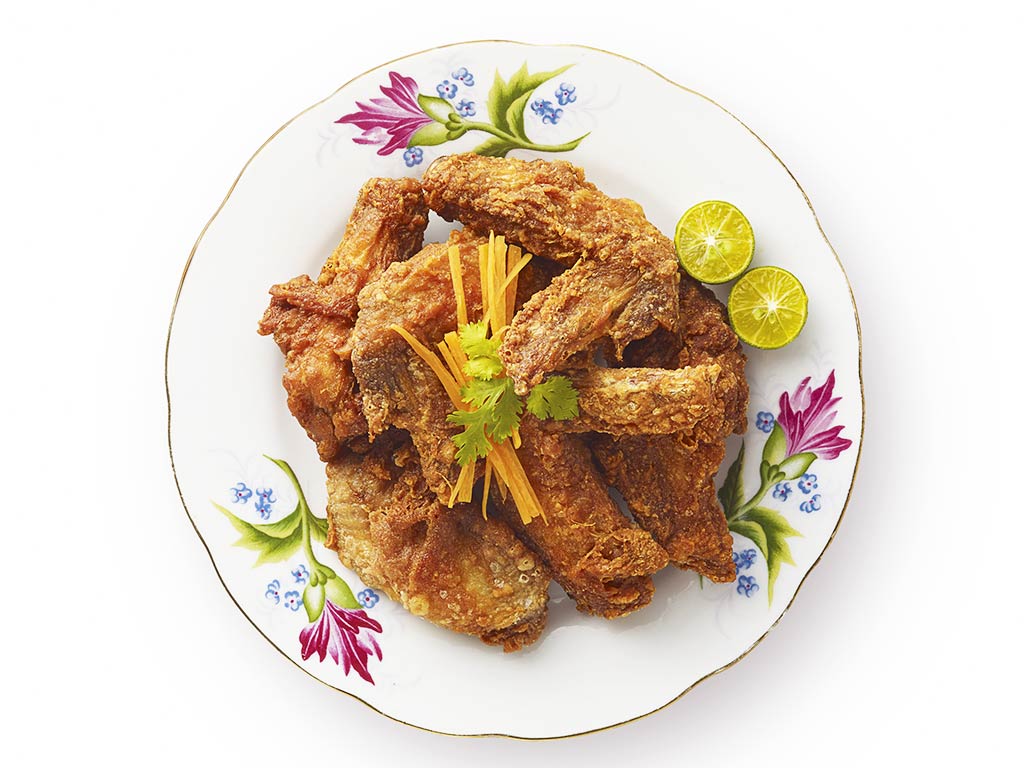
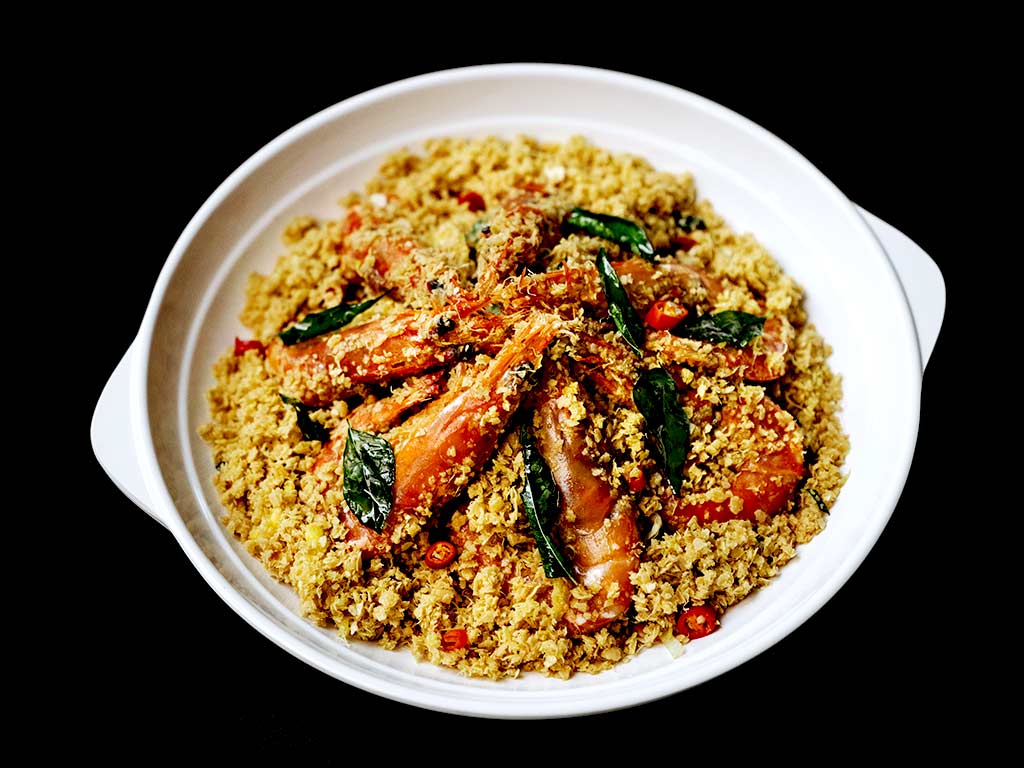
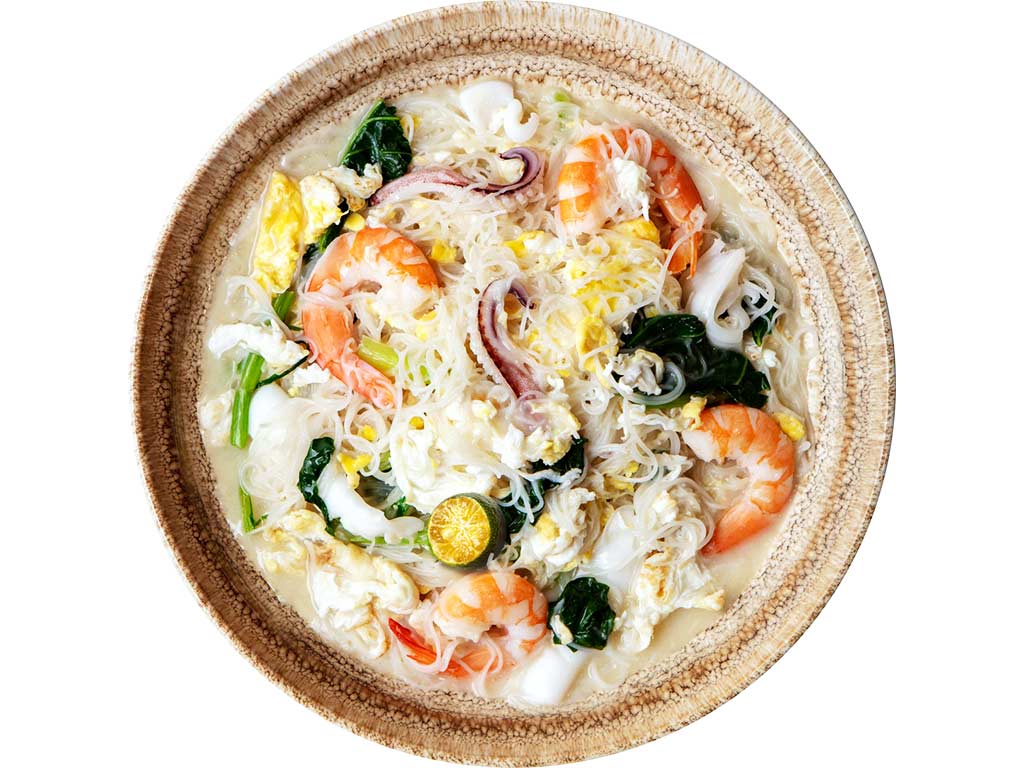
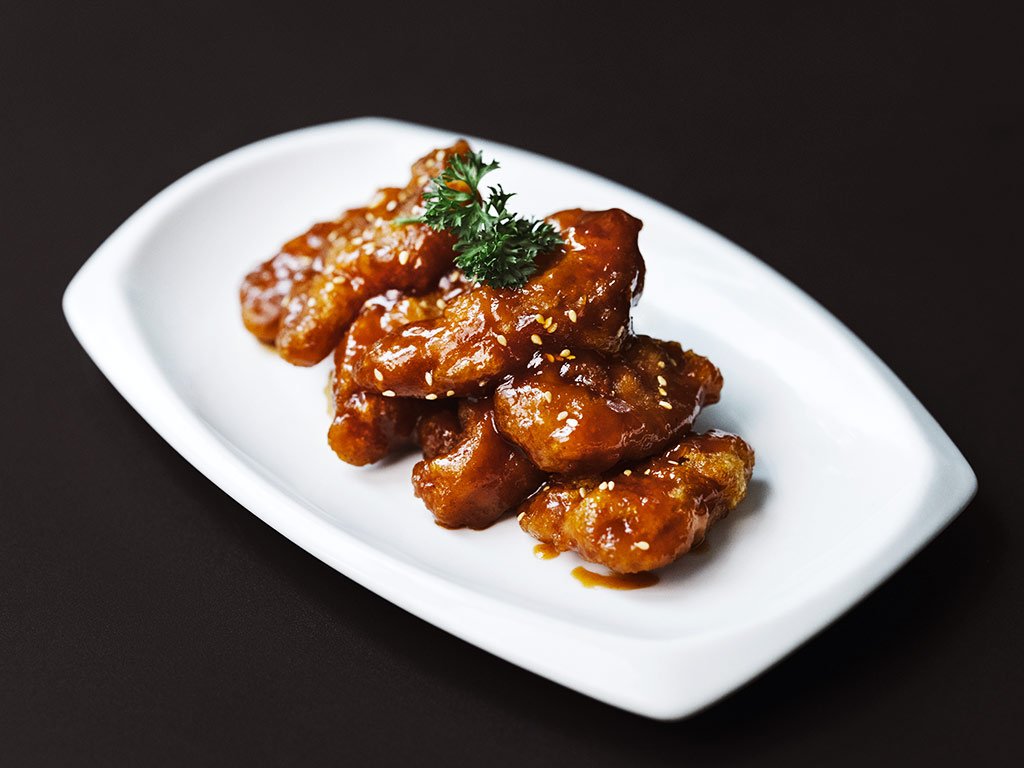
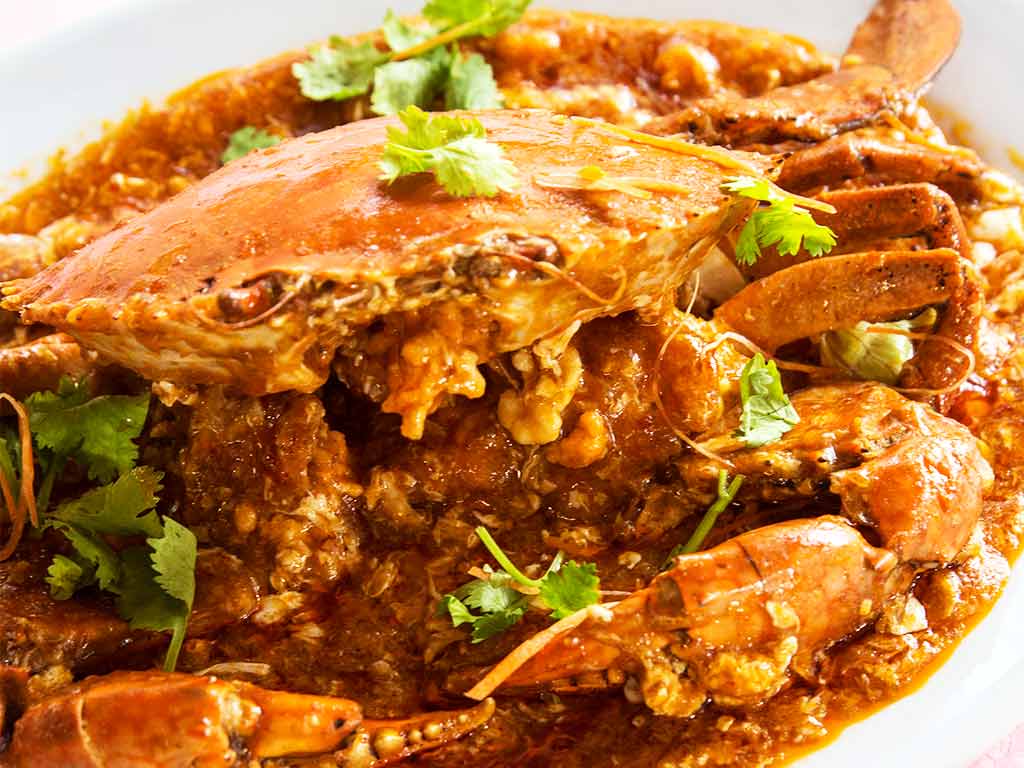
With the pandemic still ongoing around the world, flying to Singapore to enjoy zi char is not a realistic option for us now, which is why the Singapore Tourism Board (STB) is reaching out to Filipino foodies with a case of wanderlust by bringing a taste of Singapore to the Philippines. STB will be introducing the unique zi char cooking style through the release of a humorous and quirky video, “Say it First!” The video features actor-turned-chef and restaurateur, Marvin Agustin, the musical husband-and-wife tandem of Yael and Karylle Yuson, and comedian Victor Anastacio as they try their best to correctly pronounce “zi char.”
“When I was approached for this fun campaign, it was actually my first time to hear about the zi char style of cooking,” says Agustin. “Aside from figuring out how to properly pronounce zi char, it really got me very intrigued and as I started to learn more about it—its roots, its influences, and the ingredients used. Not only did I want to try every possible dish, it excited me enough to want to actually master the art of cooking zi char.”
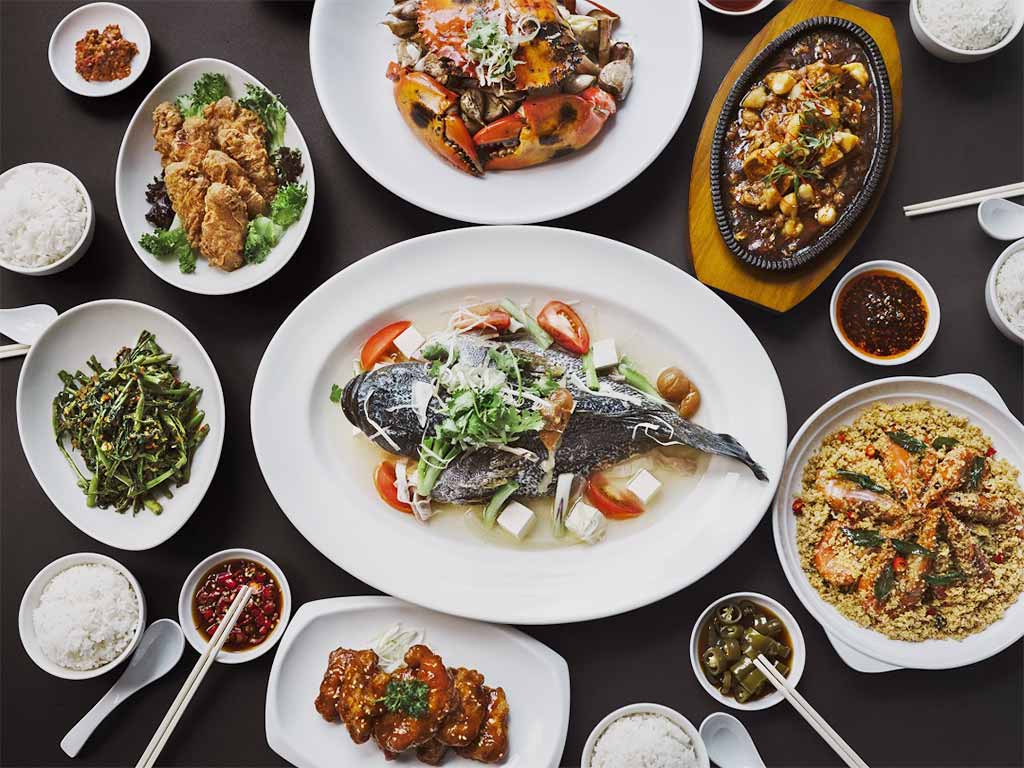
Later this month, Marvin Agustin will star in a web series alongside Singaporean chef, Bjorn Shen. Known best for his rebellious streak, Chef Shen put up a restaurant, Artichoke, that grew popular for its bold flavors that marry tradition with unbridled creativity. He is an adjunct lecturer at the Culinary Institute of America in Singapore, the Asia-Pacific chef ambassador for the United Nations project, “Recipes for Change,” and resident chef columnist for Time Out Singapore. He is also the author of the popular cookbook, Artichoke—Recipes and Stories from Singapore’s Most Rebellious Kitchen. With a 14-year culinary career under his belt, Chef Shen is the perfect man to teach Marvin how to make the popular zi char dishes in the web series: cereal prawn, coffee pork ribs, and seafood white bee hoon. The series, “Singapore Reimagined,” will show Marvin make his own modified zi char dishes, using ingredients easily found in the Philippines.
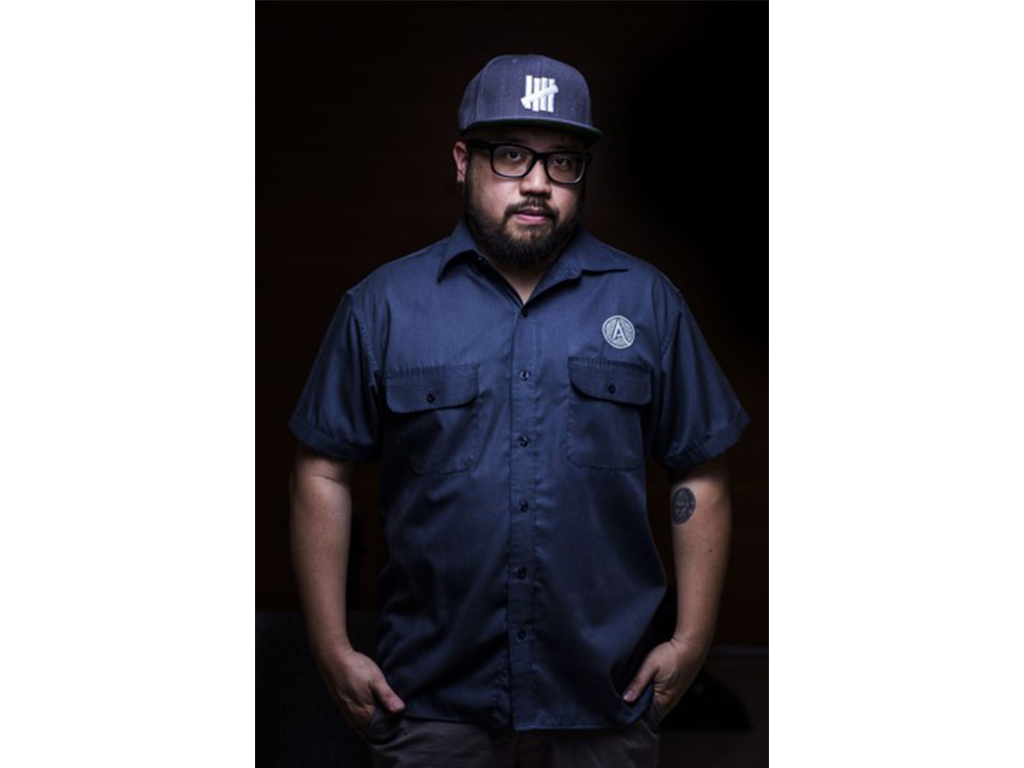
STB invites foodies around the Philippines to say zi char too! Simply like and follow the Visit Singapore Philippines page on Facebook, and post their videos here saying “zi char” correctly. Lucky commenters will receive special gifts from the Singapore Tourism Board!
To learn more about the Singapore Tourism Board, visit www.stb.gov.sg or www.visitsingapore.com. You can also follow them on Facebook and Twitter.





